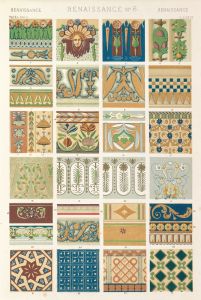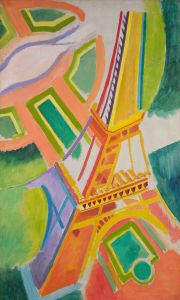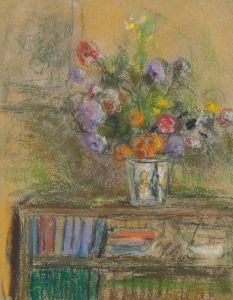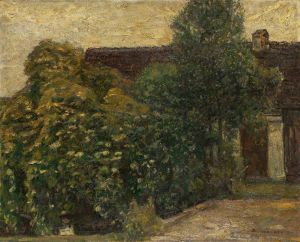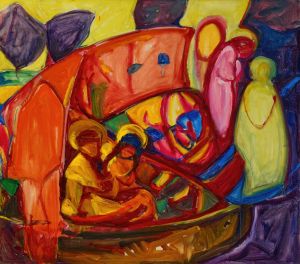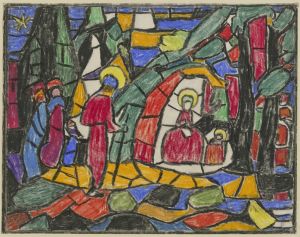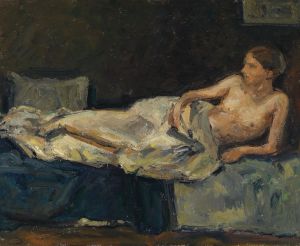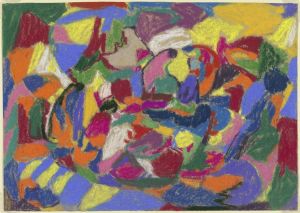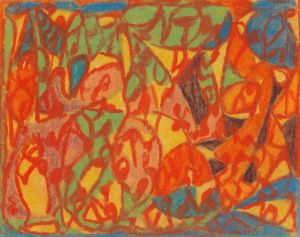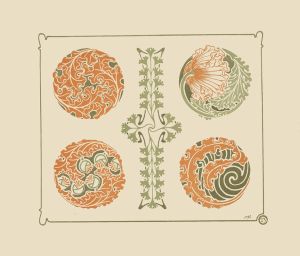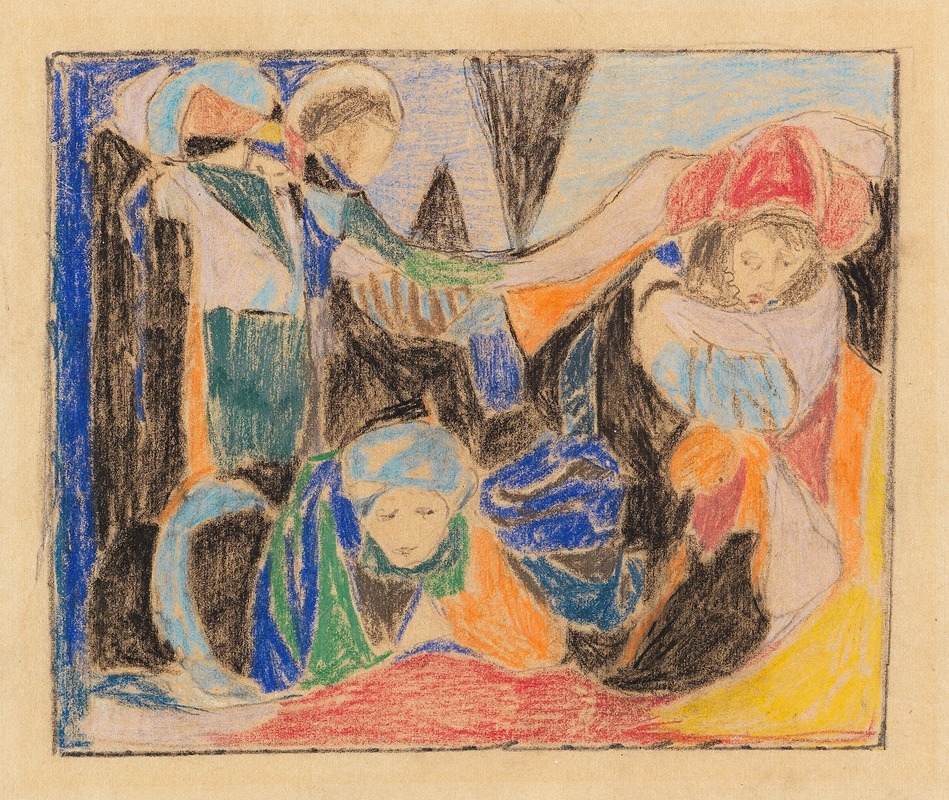
Drei Figuren in Landschaft
A hand-painted replica of Adolf Hölzel’s masterpiece Drei Figuren in Landschaft, meticulously crafted by professional artists to capture the true essence of the original. Each piece is created with museum-quality canvas and rare mineral pigments, carefully painted by experienced artists with delicate brushstrokes and rich, layered colors to perfectly recreate the texture of the original artwork. Unlike machine-printed reproductions, this hand-painted version brings the painting to life, infused with the artist’s emotions and skill in every stroke. Whether for personal collection or home decoration, it instantly elevates the artistic atmosphere of any space.
Adolf Hölzel was a significant figure in the development of modern art in Germany, known for his contributions to abstract art and his role as a teacher influencing many artists of the early 20th century. One of his notable works is "Drei Figuren in Landschaft" (Three Figures in a Landscape), which exemplifies his innovative approach to composition and color.
"Drei Figuren in Landschaft" is a painting that reflects Hölzel's transition from representational art to abstraction. Although specific details about the painting's creation date and current location are not widely documented, it is recognized as part of Hölzel's exploration of form and color harmony. Hölzel was deeply influenced by the Symbolist movement and sought to express spiritual and emotional experiences through his art. This painting is a testament to his belief in the expressive power of color and form.
The composition of "Drei Figuren in Landschaft" features three figures set against a landscape, a common motif in Hölzel's work that allowed him to experiment with spatial dynamics and color contrasts. The figures are stylized, moving away from realistic representation towards a more abstract interpretation. This abstraction is achieved through the use of bold colors and simplified forms, which are characteristic of Hölzel's mature style.
Hölzel's approach to color was revolutionary for his time. He believed in the autonomy of color, meaning that color could exist independently of form and could convey meaning on its own. In "Drei Figuren in Landschaft," this philosophy is evident as the colors are not used merely to describe the figures or the landscape but to evoke a particular mood or atmosphere. The interplay of colors creates a sense of rhythm and harmony, inviting viewers to experience the painting on an emotional level.
As a teacher at the Academy of Fine Arts in Stuttgart, Hölzel influenced a generation of artists, including notable figures like Oskar Schlemmer, Johannes Itten, and Willi Baumeister. His teachings emphasized the importance of color theory and the exploration of abstract forms, which are evident in "Drei Figuren in Landschaft." Hölzel's impact on his students and the broader art world is significant, as he helped pave the way for the development of abstract art in the 20th century.
"Drei Figuren in Landschaft" is a reflection of Hölzel's artistic philosophy and his contribution to the evolution of modern art. While the painting itself may not be as widely recognized as some of his other works, it embodies the principles that Hölzel championed throughout his career. His emphasis on color, form, and abstraction continues to resonate in the art world, highlighting his role as a pioneer of modernist ideas.
In summary, "Drei Figuren in Landschaft" by Adolf Hölzel is an important work that showcases the artist's innovative approach to color and abstraction. Through this painting, Hölzel not only explored new artistic possibilities but also influenced future generations of artists, leaving a lasting legacy in the history of modern art.





